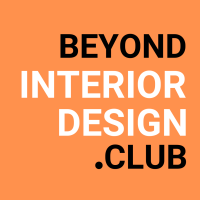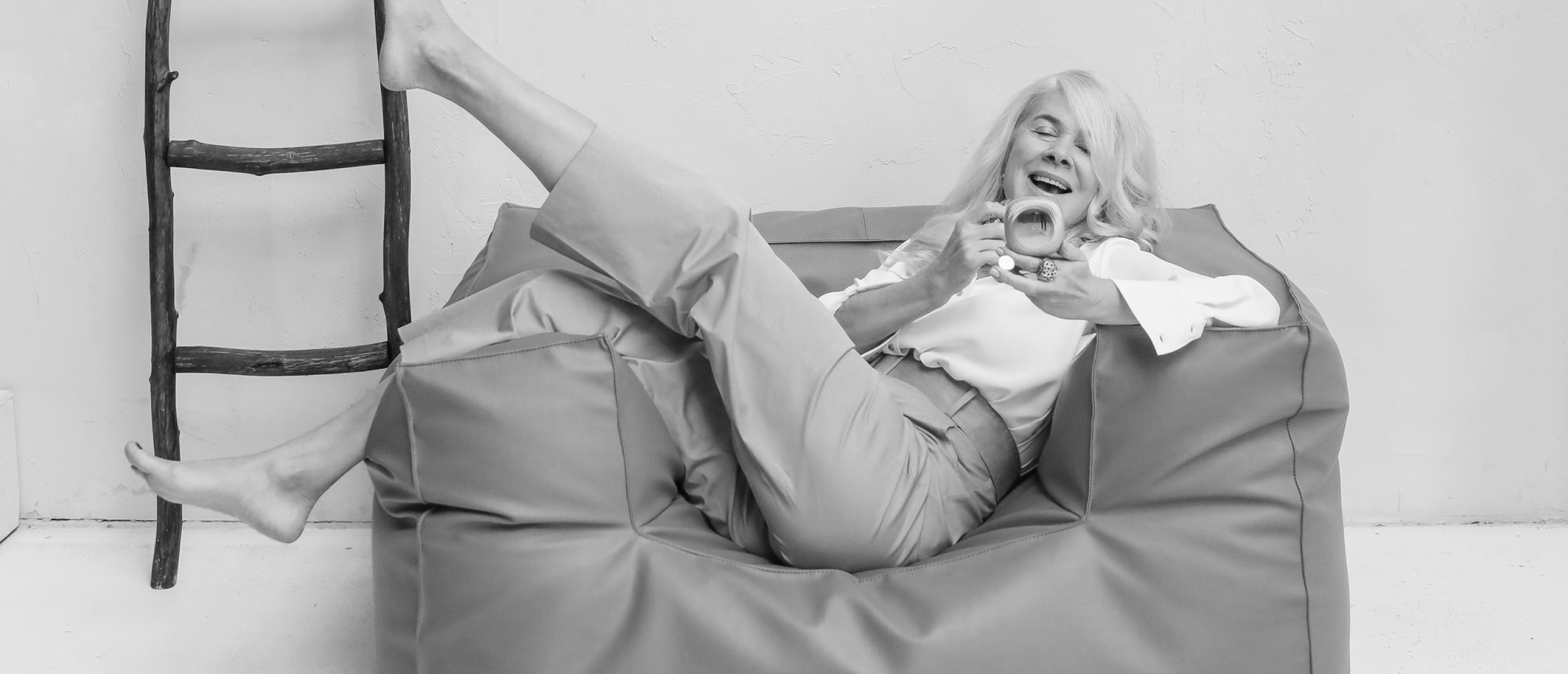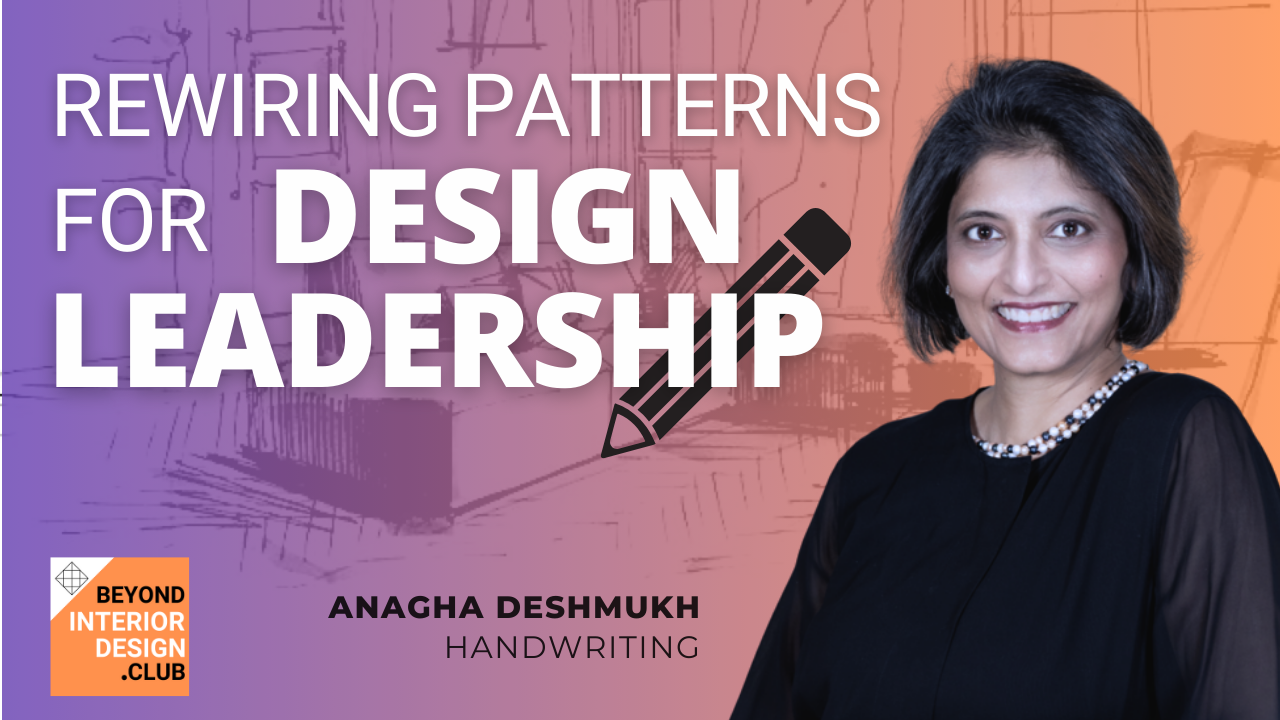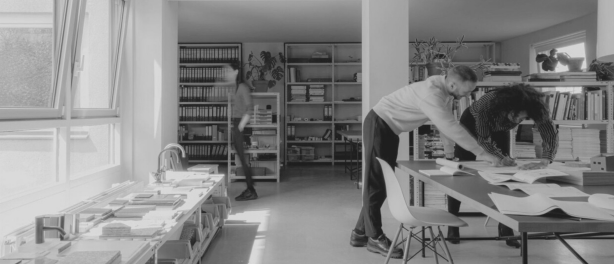As interior designers, we like to think we craft spaces that tell stories. We know it isn’t about throwing a few nice chairs into a room and calling it a day. But here’s the truth—what we’re really doing is creating the stage for life’s moments.
It’s not just about getting the perfect grout colour in the bathroom (though, wow, that’s satisfying when it happens). It’s about the holiday dinners where everyone shows up late but somehow stays too long. It’s the seven minutes of morning quiet before the chaos starts. It’s that perfect nook where someone finally finds time to finish a book.
This idea of Creating Moments isn’t just some poetically fluffy concept. It’s a practical, foundational strategy for meaningful interior design. And guess what? It’s also what makes your work resonate with clients long after the project is complete.
Ericka Saurit, Kristoff d’Oria di Cirie, and Victoria Taylor have all shared their insights on this idea on the Beyond Interior Design Podcast. And each of them brings a unique perspective to this. From portfolios that tell human stories (not just features) to designs tailored for modern lives, these experts show us how to focus on what really matters. Spoiler alert—it’s not the €9,000 rug.
Here’s how Creating Moments redefines what it means to design spaces—and how you can use it to level up your own work.
Forget the Details. Start With the Feelings.
 Want to know the difference between a good piece of design and one that truly lasts? It’s not the brand of appliances you selected. It’s the way the space makes people feel. Both Ericka Saurit and Victoria Taylor agree that your work should always start with the moment, because life happens in those tiny, powerful snapshots.
Want to know the difference between a good piece of design and one that truly lasts? It’s not the brand of appliances you selected. It’s the way the space makes people feel. Both Ericka Saurit and Victoria Taylor agree that your work should always start with the moment, because life happens in those tiny, powerful snapshots.
Ericka talks a lot about portfolios. Most designers approach them like a museum of their greatest hits, but she flips the script. “Your portfolio doesn’t need to overwhelm people with everything you’ve done,” she says.
“Your portfolio needs to be a collection of stories—the lives you’ve touched, the moments you made easier, deeper, better.”
- Ericka Saurit
Think about it.
A static “before and after” gallery might look impressive, but does it actually connect? Probably not.
Instead, tell a story.
Show how that open-plan kitchen allows a family with wildly mismatched schedules to actually sit down for five meals a week together. Show how your reading nook helped a burnt-out creative rediscover their spark.
People will remember that.
Break the script.
 Victoria Taylor takes this even further. Drawing on her hospitality expertise, she urges designers to think about how spaces feel, not just how they look.
Victoria Taylor takes this even further. Drawing on her hospitality expertise, she urges designers to think about how spaces feel, not just how they look.
She’s big on “breaking the script,” which is a fancy way of saying stop being boring.
Meetings don’t always have to happen in the same place. Design reveals don’t always have to involve cookie-cutter mood boards. If your way of working carries the same emotional depth as your designs, you’re giving clients an experience from day one.
Here’s a hot tip: if you’re designing a room (say, a bedroom), write down together with your clients their ideal moments. Not just what are their routines, but what do they want to add to that? Is it really a sanctuary on busy mornings? Or do you maybe want to use it as a quiet escape in the evening after a hectic day when the world feels loud? Or is that just fantasy?
Design for those feelings.
A room isn’t just a room; it’s a space that holds the mess and beauty of someone’s life.
Authenticity’s Nice, but Sincerity’s Better
 Now, this brings us to Kristoff d’Oria di Cirie, who, frankly, isn’t here for surface-level anything. He has a bone to pick with the overuse of the word “authentic.”
Now, this brings us to Kristoff d’Oria di Cirie, who, frankly, isn’t here for surface-level anything. He has a bone to pick with the overuse of the word “authentic.”
His take:
“Authenticity is about yourself—it’s fine, but it’s not the final goal. Sincerity is what really matters. Sincerity is about being true to your client.”
- Kristoff d'Oria di Cirie
Imagine working with clients who think they know what they want but actually have no idea (like most clients).
Maybe one wants their home office right next to their partner’s for “togetherness,” but after some honest digging, you find out their work patterns clash spectacularly. Building offices in separate zones lets them both breathe.
That’s what sincerity looks like—not just meeting their brief, but listening deeply to the life behind their requests.
Kristoff’s mantra—“Not every interior has to be an interior”—reminds us that design isn’t just about beautiful objects in a contained space. “It’s not about the pendant light, but the dinner you eat beneath it,” he says. Emotional resonance beats visual symmetry every single time.
“Not every interior has to be an interior”
- Kristoff d'Oria di Cirie
Stop Following Trends. Start Creating Moments.
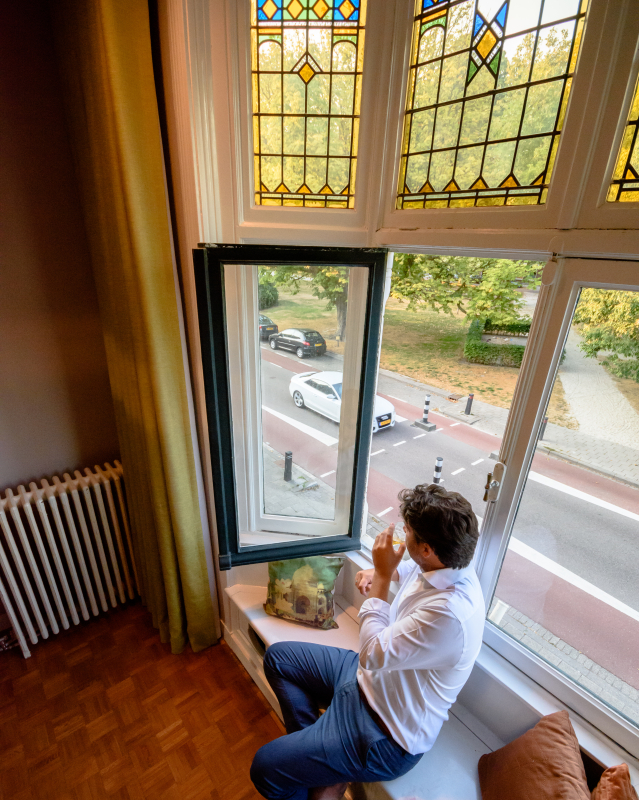 Here’s the thing we need to face as designers:
Here’s the thing we need to face as designers:
Most of the time, our clients don’t actually care about trends.
They care about moments. These aren’t the kind of picture-perfect Instagram-worthy memories that make people click “like.” They’re the memories that actually matter—the stuff that happens when nobody’s watching. A cup of coffee halfway the staircase because of the window towards the town you designed. When their spouse is out, doing air guitar on the coffee table (true story).
Kristoff, Ericka, and Victoria all share one core idea:
Interior design becomes meaningful when it amplifies life. It’s not about flashiness; it’s about thoughtfulness. A dining table isn’t just a piece of wood that works well with the chairs. It’s where plans are made, jokes are told, and regrets are shared (perhaps over an extra glass of wine).
This isn’t revolutionary. It’s just human.
Take It From Ideas to Action
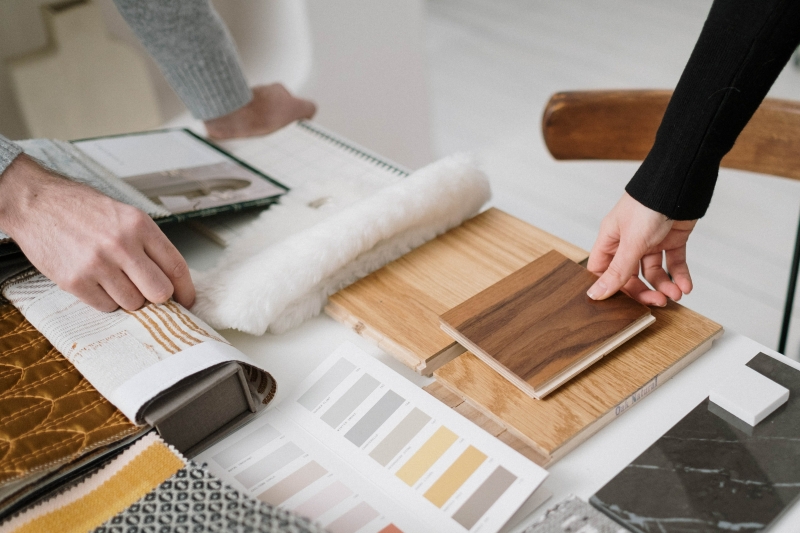 Feeling inspired but not sure where to start? Here are some ideas to put Creating Moments into your interior designs today:
Feeling inspired but not sure where to start? Here are some ideas to put Creating Moments into your interior designs today:
- Relatable Portfolios
Forget the overly polished museum of work and focus on real stories. Show why your designs mattered. Share the situations they solved, the moments they illuminated. - Ask the Right Questions
Start consults by asking about behaviors and routines, not just aesthetics. Questions like, “Where do you leave your keys and bag when you get home?” lead to richer interior design solutions than, “What’s your style?” - Design for How They Move
Have you noticed how some rooms just work? That’s flow. Map out how people will move through the spaces you’re creating, from waking up, not interrupting your spouse to coming home with bags of groceries and reclaiming the sofa after a busy day. - Break the Script
If you want your interior designs to stand out, rethink client interactions. Don't go for the obvious 1-2 hour meetings, but go deeper. What insights will a half day session show you? What will happen if you're not talking style, but talking life? - Lead the Vision
Clients shouldn’t just see plans—they should see themselves in those plans. Shift the conversation to, “Here’s how this detail gives you peace/connection/inspiration.” Make the impact tangible.
It’s More Than Design
Interior design isn’t just a job, and it isn’t just about the spaces you create. It’s about lives well-lived. From Ericka’s focus on stories to Victoria’s experiential genius and Kristoff’s sincerity-first ethos, one thing is clear—every choice you make as a designer can impact a life.
That’s what clients remember. Not just the marble countertops or mid-century modern chairs, but the feeling spaces give them every single day. Moments are what stick. Moments are what make spaces worth designing.
Now, here’s your challenge: what moments are you designing for today? Think about it, and go make it real.
